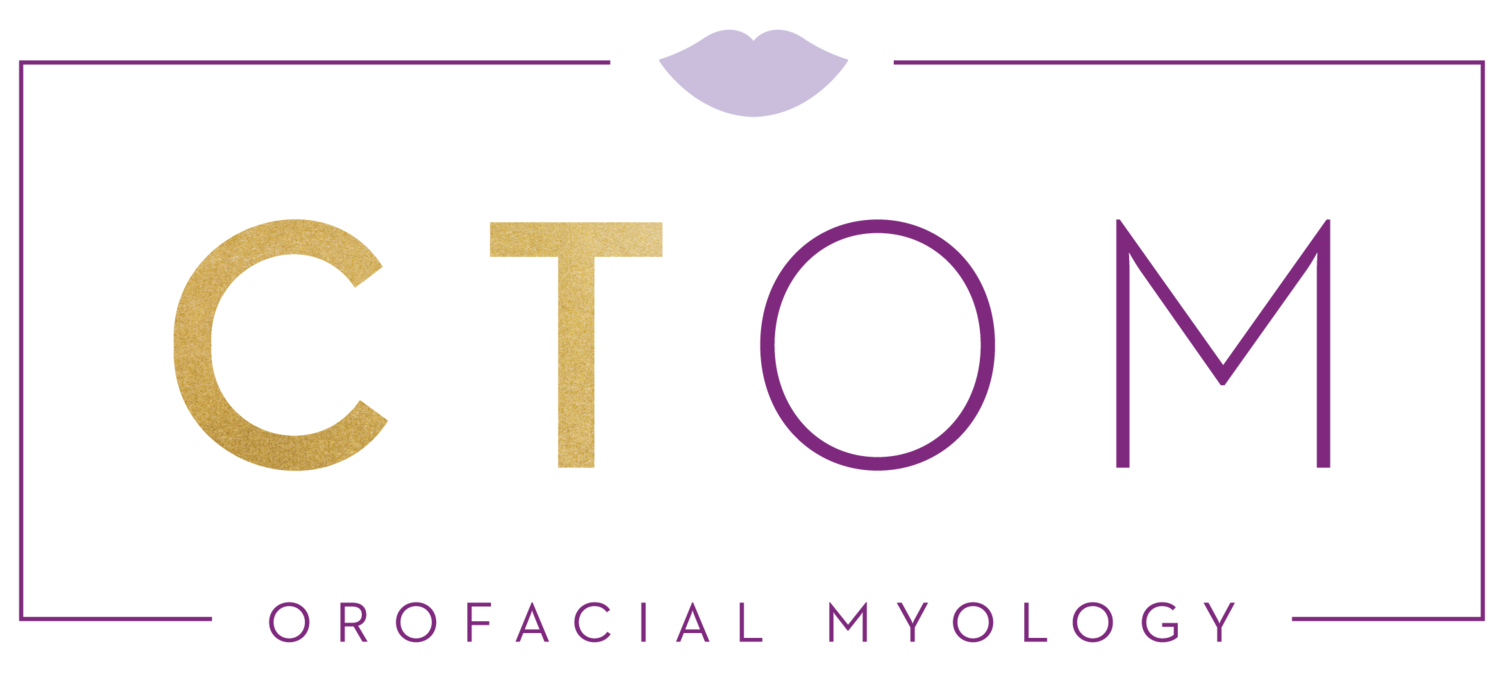Research
OMT Studies & Conclusions
-
Conclusion: Current literature demonstrates that myofunctional therapy decreases apnea-hypopnea index by approximate 50% in adults and 62% in children. Lowest oxygen saturations, snoring, and sleepiness outcomes improve in adults . Myofunctional therapy could serve as an adjunct to other OSA treatments.
-
Conclusion: This study demonstrated that OMT in conjunction with orthodontic treatment was highly effective in maintaining closure of anterior open bites compared with orthodontic treatment alone.
-
Conclusion: The present review showed that OMT is effective for the treatment of adults in reducing the severity of OSA and snoring, and improving the quality of life. OMT is also successful for the treatment of children with residual apnea. In addition, OMT favors the adherence to continuous positive airway pressure.
Research Article:
Obstructive sleep apnea: focus on myofunctional therapy -
Conclusion: Tongue restrictions are more common than previously thought in patients presenting to pediatric dental practices, and systematic screening for the condition should be performed during intraoral examinations. Symptom presentations and tongue elevation vary between patients, so shared decision-making and proper assessments will help prevent undertreatment and overtreatment
-
Conclusion: The technique is based on the neuromuscular re-education or re-patterning of the oral and facial muscles, and includes facial exercises and behavior modification techniques to promote proper tongue position, improved breathing, chewing and swallowing. Proper functional head and neck postures are also addressed.
-
Conclusion: Hygienists make excellent therapists because we already know the mouth, and we are trained to motivate patients. What OMTs do is teach patients how to chew, swallow, and breathe correctly. We work on habits, such as thumb sucking, that lead to poor muscle patterns, which can affect total body health.


